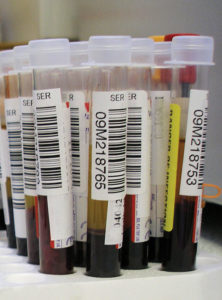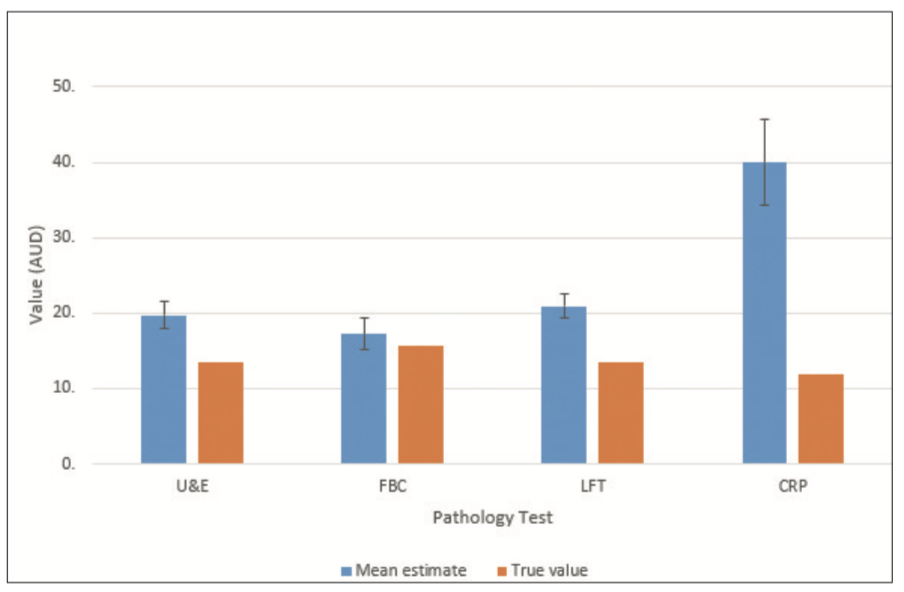MBBS, Post-Graduate Year 2, Gold Coast University Hospital
Dr Conor Gouk
Orthopaedic Principal House Officer, Gold Coast University Hospital
Conor is an orthopaedic principal house officer working at the Gold Coast University Hospital. He has particular interests in the education of Junior Staff, and frequently offers supervision to junior staff in research endeavours.






